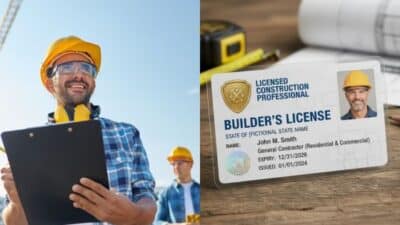The Foundation: Planning Your Custom Home Build
Building a custom home starts long before the first shovel breaks ground. It’s a meticulous process of vision, planning, and collaboration. From securing the perfect plot of land to navigating complex zoning laws and architectural designs, every decision lays the groundwork for your future home. Engaging with experienced builders early on is crucial, as their expertise can streamline the entire journey, ensuring your aspirations align with practical realities and budget constraints.

From Vision to Blueprint: Key First Steps
The initial phase of custom home building is about translating your dreams into a tangible plan. We begin by helping clients differentiate between their absolute needs and their desired wants, conducting a thorough lifestyle assessment to understand how they envision living in their new space. This involves considering everything from daily routines and family dynamics to long-term goals. A detailed site evaluation follows, assessing the land’s characteristics, orientation, and potential challenges or opportunities.
Working closely with a skilled architect is paramount in this stage. They take your lifestyle assessment and site evaluation, integrating them into a cohesive design. The creation of a detailed floor plan is more than just drawing rooms; it’s about optimizing flow, natural light, and functionality. For those considering specific structural elements, such as a multi-level design or maximizing usable space, exploring options like Yingling custom plans with basement can provide valuable inspiration and practical solutions for expanding your home’s footprint and utility.
The Importance of a Solid Plan in Custom Home Building

A well-developed plan is the backbone of any successful custom home project. It’s not just about aesthetics; it’s about ensuring structural integrity, specifying high-quality materials, and coordinating effectively with various contractors and tradespeople to ensure a seamless project. A comprehensive plan helps manage timelines efficiently and, perhaps most importantly, avoids costly changes down the line. It also allows for future-proofing your design, anticipating evolving needs and technologies, ensuring your home remains relevant and functional for years to come. Without a solid blueprint, projects can quickly spiral out of control, leading to budget overruns and significant delays.
The Details That Define: Selecting Finishes with an Expert Eye
Once the structural elements are in place, the exciting phase of selecting interior finishes begins. This is where your home truly starts to reflect your personality and style. Achieving aesthetic cohesion throughout the space, while ensuring durability and functionality, requires a keen eye and expert guidance. Material selection is crucial, as it affects not only the appearance and feel but also the long-term performance and maintenance of your home.
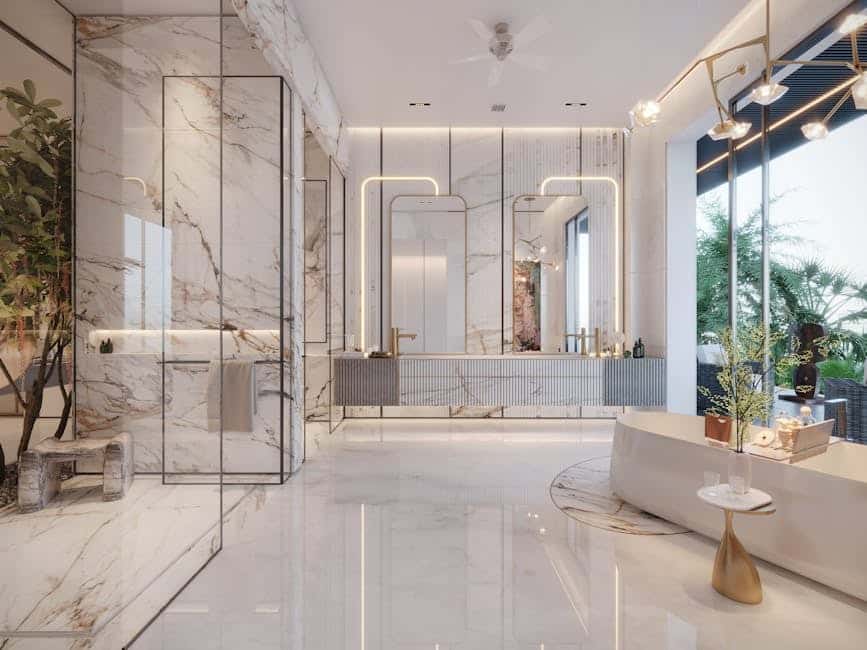
Choosing the Right Materials: A Focus on European Floor Tiles
When it comes to flooring, European tiles stand out for their unparalleled quality, innovative design, and exceptional durability. The European ceramic tile industry is a major global player, with the EU being the largest producer and exporter of ceramic tiles worldwide. This leadership position is a testament to the region’s commitment to excellence and advanced manufacturing techniques.
Among the most popular materials, porcelain and ceramic tiles offer distinct advantages. Porcelain tiles, known for their exceptional density and low water absorption, are incredibly durable, making them ideal for high-traffic areas and demanding environments. Their resistance to moisture, stains, and wear makes them a superior choice for kitchens, bathrooms, and even outdoor spaces. Ceramic tiles, while slightly less dense, offer a vast array of design possibilities and are a cost-effective option for many areas of the home.
The “Made in Italy” designation, in particular, carries significant weight, symbolizing a legacy of craftsmanship, cutting-edge design, and stringent quality standards. Italian manufacturers are renowned for pushing the boundaries of tile technology and aesthetics, ensuring that their products not only perform exceptionally but also set global design trends.
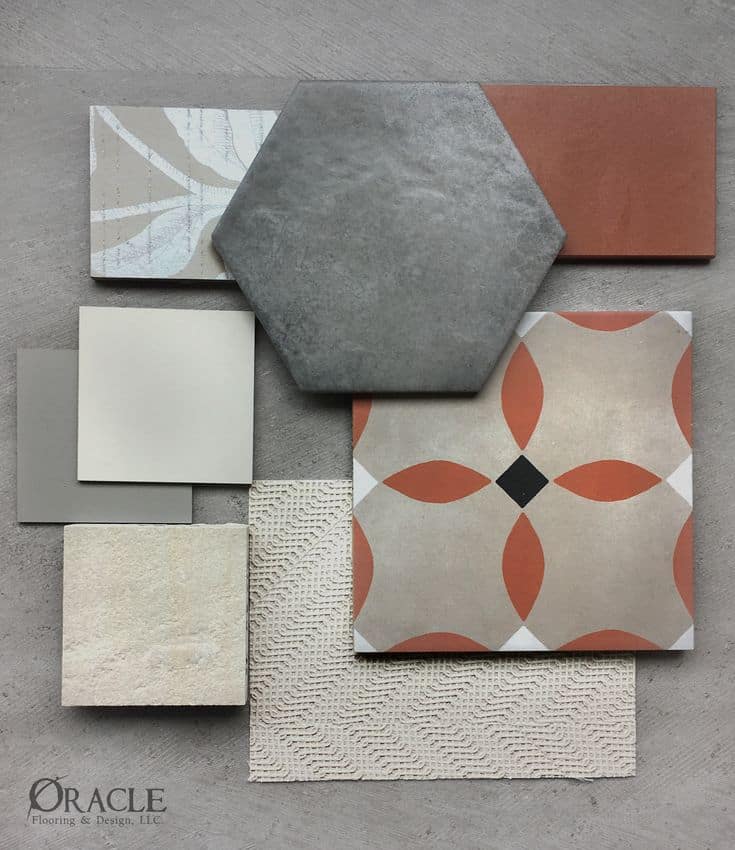
When selecting floor tiles, consider the specific needs of each space:
- High-Traffic Areas (Living Rooms, Hallways): Porcelain tiles are highly recommended due to their superior durability and resistance to abrasion.
- Wet Areas (Kitchens, Bathrooms): Both porcelain and ceramic, especially when paired with suitable finishes, provide excellent water resistance and are easy to clean, thereby preventing the growth of mold and mildew.
- Outdoor Spaces: Specifically designed outdoor porcelain pavers provide slip resistance and extreme weather durability.
Popular European tile styles that continue to captivate homeowners and designers include:
- Marble-look Porcelain: Offers the luxurious aesthetic of natural marble without the maintenance challenges, available in various veining patterns and colors.
- Wood-look Porcelain: Replicates the warmth and texture of hardwood, offering a durable and water-resistant alternative suitable for any room, including bathrooms and kitchens.
- Concrete-look Porcelain: Delivers a modern, industrial aesthetic with the robustness of porcelain, ideal for contemporary and minimalist designs.
- Stone-Look Porcelain: Mimics the natural beauty of various stones, such as travertine, slate, or granite, offering a timeless and elegant appeal with enhanced performance.
For those seeking to infuse their custom home with sophistication and lasting quality, exploring collections of Premium European tiles for custom homes is an excellent starting point.
Design & Aesthetics in Custom Home Building: Latest Tile Trends
European tile manufacturers are at the forefront of innovation, continuously introducing new technologies and designs that shape global trends. The latest aesthetics emphasize both visual appeal and practical benefits.
One dominant trend is the use of large-format tiles. These expansive tiles minimize grout lines, creating a seamless and spacious look that is particularly effective in modern interiors. They are available in various materials, including porcelain and ceramic, and can dramatically transform the perception of a room’s size.

Textured and 3D surfaces are also gaining popularity, adding tactile interest and depth to walls and floors. These tiles can mimic natural textures, such as fabric or stone, or even create abstract patterns, resulting in a dynamic visual experience.
Sustainability and environmental impact are increasingly important considerations. European manufacturers are investing in eco-friendly production processes, utilizing recycled materials, reducing waste, and optimizing energy consumption. This commitment to sustainability means you can choose beautiful tiles with a clear conscience.
Finally, geometric and patterned designs continue to evolve, offering intricate motifs that can serve as a focal point or add subtle character to a space. From classic encaustic-inspired patterns to contemporary abstract graphics, these tiles provide a diverse range of artistic expressions.
Essential Utilities: Ensuring Your Home’s Lifeblood
Beyond the visible aesthetics, a custom home relies heavily on its foundational utilities. Planning for these essential services—water, waste management, and energy—is a critical phase that demands careful consideration and expert consultation. Whether you’re connecting to municipal services or establishing independent systems, ensuring reliable and sustainable utilities is paramount for the long-term functionality and comfort of your home.
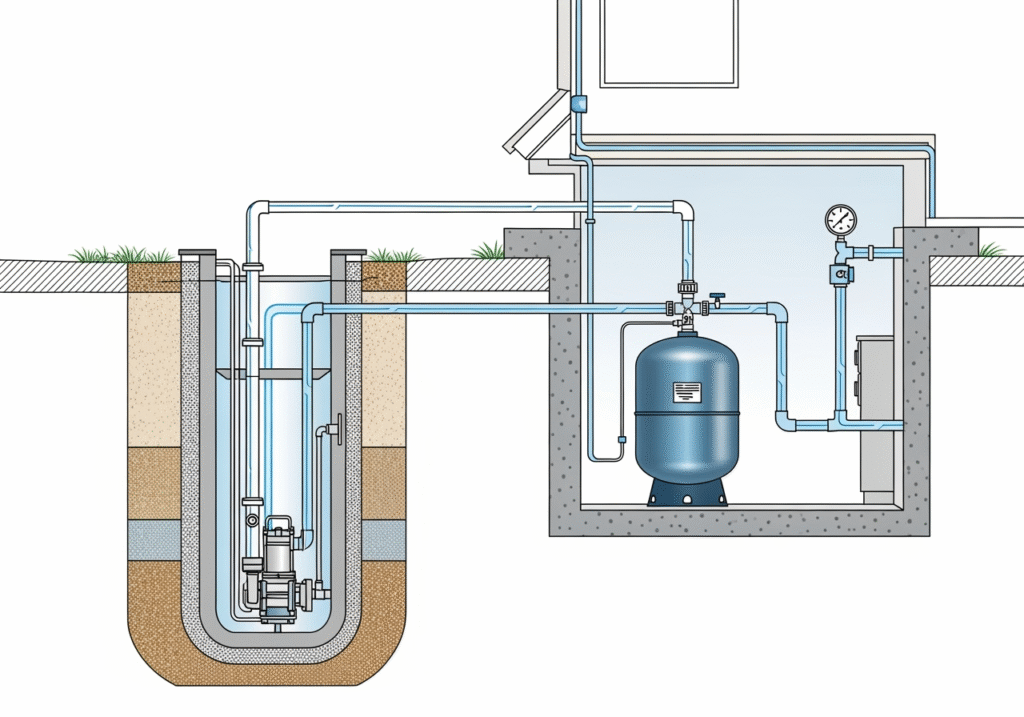
Securing a Sustainable Water Source
For many custom homes, especially those in rural or semi-rural settings, a private well is the most viable and often preferred option for a water source. Securing a sustainable water supply involves several key steps. First, an aquifer assessment is conducted to identify suitable underground water reserves. This is followed by the well-drilling process, which requires specialized equipment and expertise to drill safely and efficiently into the earth.Once the well is established, water quality testing is essential to ensure the water is safe for consumption and meets all health standards. Finally, a robust pump system is selected, customized to the well’s depth, water yield, and the home’s water demands. Proper installation and regular long-term maintenance of the well and pump system are crucial for ensuring a consistent, clean, and reliable water supply for years to come.
Why a Professional Well Service is Non-Negotiable

Entrusting your water source to a professional well service is not just a recommendation; it’s a necessity. These experts ensure regulatory compliance with local and state health and environmental standards, avoiding potential legal issues and costly fines. More importantly, they guarantee the potability of your water, protecting your family’s health by ensuring the water is free from contaminants.
A professional service also contributes significantly to system longevity. Proper installation, routine inspections, and timely maintenance by qualified technicians can extend the lifespan of your well and pump system, preventing premature failures. In the event of unexpected issues, they provide prompt emergency repairs, minimizing downtime and inconvenience. Partnering with a professional well service offers invaluable peace of mind, knowing that your home’s most vital utility is in capable hands. For residents in specific regions, finding a trusted water well service Springfield Ohio illustrates the importance of local expertise in this critical area.
Frequently Asked Questions about Custom Home Building

We often encounter common questions from clients as they begin their custom home journey. Here, we address some of the most frequently asked questions to provide clarity and set realistic expectations.
How long does it take to build a custom home?
The timeline for building a custom home can vary significantly, typically ranging from 9 to 18 months, or even longer for highly complex projects. Several factors influence this duration:
- Project scope and design complexity: More intricate designs with unique architectural features or extensive custom finishes naturally require more time and effort.
- Permitting delays: The approval process for building permits can be unpredictable and vary by municipality.
- Weather factors: Inclement weather, especially during critical construction phases, can cause unavoidable delays.
- Material availability: Supply chain issues or the need for specialized, imported materials can impact schedules.
Effective planning and communication with your builder can help mitigate some of these delays, but it’s wise to build some flexibility into your expectations.
What is the biggest difference between a custom home and a production home?
The fundamental difference lies in the level of personalization and control that is offered.
- Unique design: A custom home is designed from the ground up to meet your specific needs and preferences, resulting in a one-of-a-kind residence. Production homes, conversely, are built from a limited set of pre-designed floor plans.
- Lot choice: With a custom home, you select the land first, and the house is designed to maximize its unique features and take advantage of its views. Production homes are built on lots within a developer’s community.
- High level of personalization: Every detail, from the layout to the finishes, is chosen by you, often with the guidance of designers and architects. Production homes offer limited options for customization.
- Builder-client relationship: Custom building involves a close, collaborative relationship with your builder throughout the entire process.
- Quality of materials: Custom homes often allow for a higher quality and wider selection of materials, including premium European tiles, custom to your budget and aesthetic.
- Budget flexibility: While custom homes can be more expensive, they also offer more flexibility in how the budget is allocated across different aspects of the build.
How can I ensure my custom home project stays on budget?
Staying on budget is a primary concern for most custom home clients. We recommend several strategies:
- Detailed initial planning: Thoroughly define your project scope, materials, and finishes upfront. The more decisions are made before construction begins, the fewer costly changes will occur during the build.
- Realistic budget setting: Collaborate with your builder to establish a comprehensive and realistic budget that encompasses all aspects of the project, including land, design, construction, and landscaping.
- Contingency fund (10-15%): Always allocate a contingency fund for unforeseen expenses or desired upgrades that may arise during the construction process.
- Limiting mid-project changes: While some adjustments are inevitable, frequent or significant changes during construction are the leading cause of budget overruns.
- Clear contract terms: Ensure your contract with the builder is detailed, outlining all inclusions, exclusions, payment schedules, and change order procedures.
- Regular financial check-ins: Maintain open communication with your builder about expenses and progress, allowing for adjustments if the project deviates from the budget.
Conclusion
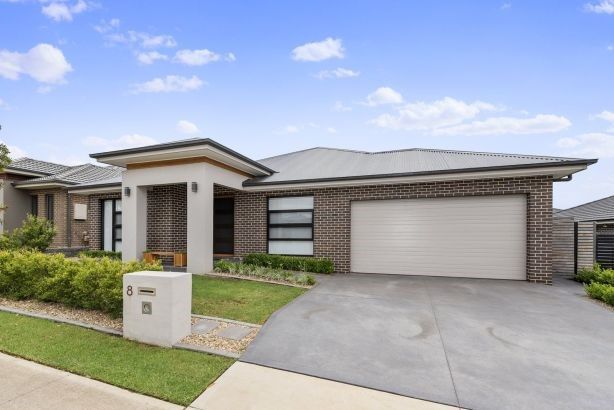
Building a custom home is undoubtedly a significant undertaking, but it is also an incredibly rewarding journey. From the foundational plans that shape its structure to the exquisite finishes that define its character, and the essential utilities that ensure its comfort, every element contributes to creating a truly personal space. The value of expert collaboration cannot be overstated; working with experienced builders, knowledgeable tile specialists, and professional utility providers transforms a complex process into a seamless and enjoyable experience.
By making informed choices and embracing the insights of these specialists, you can steer the complexities of custom home building with confidence. The dream of a home perfectly custom to your lifestyle, built with quality and designed with intention, is within reach. We encourage you to explore the vast possibilities, particularly in the field of high-quality European tiles, to realize a home that is as unique and inspiring as your vision.
- 3shares
- Facebook0
- Pinterest3
- Twitter0


